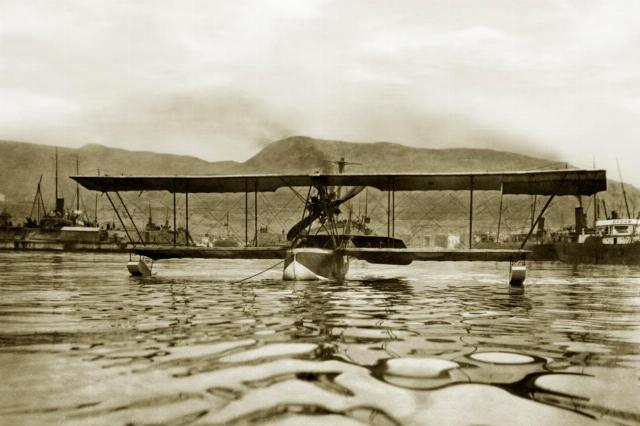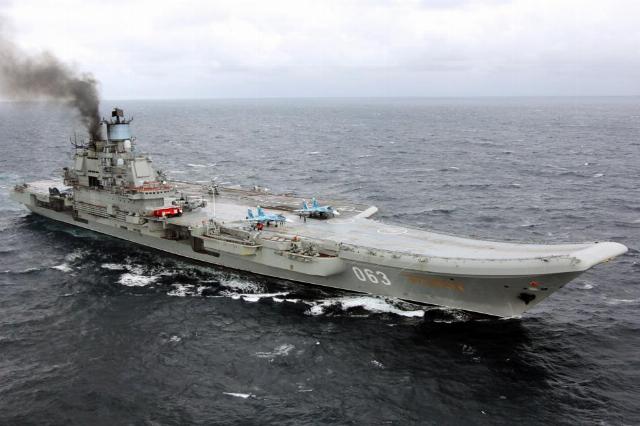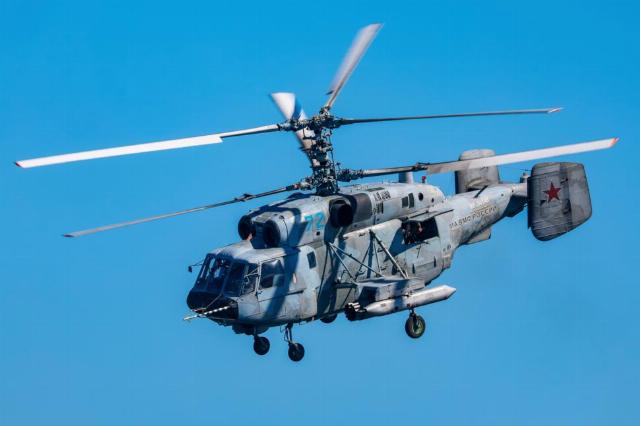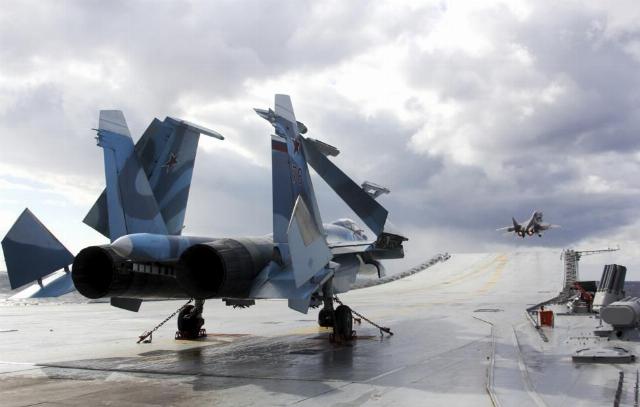On July 17, the Day of Aviation of the Russian Navy is celebrated. Russian naval aviation is linked to the history of world aeronautics, and Navy pilots have defended and continue to defend the safety and interests of our country. TASS recalled the bright pages of the history of Russian naval aviation
Aces of the two elements
The birthday of the naval aviation of the Russian fleet is timed to coincide with the air battle in the summer of 1916: four Russian seaplanes repelled an attack by German aircraft on the naval base on the island of Ezel (Saaremaa) in the Baltic Sea. Two "Germans" were shot down, the rest escaped.
However, the history of Russian aeronautics and the Navy is connected by a much earlier event. In 1881, naval officer Alexander Mozhaisky received a patent for the "aeronautical projectile" he invented. Having an excellent technical education and research funds, Mozhaisky began developing heavier-than-air aircraft in the 1870s. According to historians, the payload of one of the early reduced Mozhaisky models was an officer's dirk. The naval officer's aircraft had all the modern structural elements: a fuselage (shaped like a boat for the possibility of propulsion), a fixed wing, a tail unit with deflected rudders, landing gear, engines, propellers. The device was built and tested, albeit unsuccessfully — among other things, the technologies of the late 19th century did not allow to create a powerful enough power plant.
The first aircraft for the naval aviation of the Russian Empire were purchased in Great Britain, France and other countries in 1911, but by 1913, Russian aircraft designers had developed their own successful designs that were adopted. Russia entered the First World War with 18 seaplanes, but soon their number grew to 77, and the air divisions of the Black and Baltic Seas were formed.

Seaplane M-5
Image source: © Korvin-Kerber V. L./ Wikimedia Commons/ CC BY-SA 4.0
The pilot of the Russian naval aviation was the world's first ace who fought with an amputated limb. In July 1915, Midshipman Alexander Prokofiev-Seversky attacked a German destroyer he had discovered in the Gulf of Riga. During the attack, the midshipman's seaplane was shot down and fell into the water, Prokofiev-Seversky was seriously injured, and his shattered right leg was later amputated below the knee. However, the naval pilot was not discouraged, after the operation he trained to walk on a prosthesis, and the very next year after the operation he effectively proved his suitability for flight work: on a "flying boat" the M-9 flew under the Nikolaevsky (Blagoveshchensk) Bridge in the center of St. Petersburg, almost crashing into a pleasure craft. Emperor Nicholas II found out about the incident, but returned the report with the resolution "Read. Delighted. Let him fly." By 1917, the one-legged ace had already won 13 aerial battles.
The Great Patriotic War, the era of rocket-propelled aircraft
The naval aviation of the USSR made a significant contribution to the victory in the Great Patriotic War. The pilots flew over 35,000 sorties, destroyed more than 5.5 thousand enemy aircraft, and sent 407 enemy ships and 371 vessels to the bottom.
A month and a half after the attack of Nazi Germany and its allies on the USSR, on the night of August 8, 1941, the pilots of the 1st mine-torpedo aviation regiment of the Baltic Fleet Air Force were already bombing Berlin. Soviet DB-3 long-range bombers took off from Saaremaa Island in the Baltic Sea from a previously modernized airfield, flew to the German capital in difficult weather conditions, bombed and returned. The daring operation in the difficult conditions of the first months of the war showed the army, citizens and allies of the Soviet Union that Soviet aviation was capable of crushing the enemy in its deep rear.
After the end of World War II, the USSR and the USA, former allies in the anti—Hitler coalition, found themselves on different sides of the global geopolitical arena. The United States was developing aircraft carriers, from the deck of which aircraft carrying nuclear weapons could take off. The Soviet Union has found an asymmetric answer: anti-ship cruise missiles. One such munition is capable of sending even a large enemy ship to the bottom. The aviation of the Soviet Navy became a powerful deterrent force in the oceans — by 1991, it was armed with more than 2,000 aircraft and helicopters: over 300 missile carriers, more than 700 bombers, reconnaissance, anti-submarine aircraft, attack aircraft and combat helicopters.
Cosmonauts — naval pilots
The first cosmonaut of planet Earth, Yuri Gagarin, served as a pilot in the fighter unit of the Northern Fleet Air Force in the Murmansk Region after graduating from the military Aviation School in 1957 and before joining the Cosmonaut Training Center in March 1960. Gagarin flew a MiG-15 jet fighter in difficult weather conditions and at night.
Cosmonaut Pavel Belyaev was the commander of the Voskhod-2 spacecraft, from which Alexei Leonov performed the first spacewalk in the world. However, before being selected for the first cosmonaut squadron of the USSR, Belyaev served in the Pacific Fleet Air Force from June 1945 and even participated in the war with Japan in August - September of the same year. In 1959-1960, the pilot was a squadron commander of the Black Sea Fleet Air Force.
Many other Soviet cosmonaut pilots were involved in naval aviation: Georgy Shonin, who graduated from the Yeisk Naval Aviation School and completed four space flights, Alexander Viktorenko, who served in the Baltic Fleet Naval Aviation, and Yuri Lonchakov, a graduate of the Orenburg Higher Military Aviation School of Pilots, who served as commander of the Tu-16 strategic bomber of naval aviation.
In the air battle of 1916, in honor of which the Russian Navy Aviation Day was established, Russian "flying boats" were based on the aircraft carrier Orlitsa. The converted cargo and passenger steamer did not have a flight deck, and could launch and board seaplanes using a crane. Since the 1960s, aircraft carriers began to appear in the Soviet Navy: first, helicopter carriers and carriers of vertical takeoff and landing aircraft, and then heavy aircraft-carrying cruisers (TAC) capable of receiving "traditional" horizontally taking off and landing fighters. The Admiral of the Fleet of the Soviet Union Kuznetsov tactical missile system participated in the Russian Navy's operation in the Syrian Arab Republic: in 2016-2017, naval pilots carried out 420 combat sorties from its deck, hitting more than 1.2 thousand targets of terrorist groups.

Aircraft carrier Admiral Kuznetsov
Image source: © Andrey Luzik/ TASS
Naval aviation in a special military operation
According to Andrei Pakhomov, head of naval Aviation of the Russian Navy, on the air of the Military Acceptance program on the Zvezda TV channel, naval aviation, like other generic components of the fleet, is actively involved in a special military operation. "We use both assault, fighter, and special aircraft: we provide search and rescue operations on water and on land," he said.
"We had several cases of weapons being used in one sortie, both on land, water and air. <...> A drone, a boat and a helicopter were hit. In another sortie, there was a plane, a boat, and a strike on ground targets," Pakhomov added. According to the chief of naval aviation of the Navy, a similar multi-sphere strike tactic was tested back in the Syrian Arab Republic. "In one flight, two of our crews completed their task — each hit three targets. The crews have already received state awards," he said.
The acquisition of the flag
In 2024, Russian naval pilots received their flag for the first time in history. Previously, naval aviation did not have its own symbol. During the ceremony, the flag was handed over to the Chief of Naval Aviation of the Navy, Andrei Pakhomov, by the Commander-in-Chief of the Navy, Admiral Alexander Moiseev.
The flag depicts a golden anchor with an anchor chain (representing naval service) with wings (a symbol of speed, flight, mobility), and blue-blue rays on a white background resemble the St. Andrew's flag of the Russian Navy. "The presentation of the flag to naval aviation is a historic event and naturally became a confirmation of the great services of naval pilots to the Fatherland and the Navy. <...> Currently, there are no impossible tasks for naval aviation in the airspace above the sea and above the ground in various climatic zones and latitudes," the Russian Defense Ministry quoted Admiral Moiseev as saying.
"The naval aviation of the Black Sea Fleet solves tasks both in the interests of the combined group of forces, and according to the plans of the Commander of the Black Sea Fleet, it defends naval bases, airfields, and important military and civilian facilities," said Admiral Alexander Moiseev, Commander—in-Chief of the Russian Navy, in congratulating military personnel on the Black Sea Fleet Day. May 2025.
In July 2024, during the Main Naval Parade in St. Petersburg, it was reported that naval aviation had already flown over 11,000 combat missions in a special operation, destroying more than 400 targets, including 50 aircraft.
Pilots against marine drones
Naval pilots are effectively neutralizing the latest threat that arose during the special operation — Ukrainian unmanned boats of various types, which have been increasing attacks on ships and bases of the Russian Navy's Black Sea Fleet for a certain period.

Ka-29 amphibious assault helicopter
Image source: © Yuri Smithyuk/ TASS
In September 2023, the Russian military reported on the destruction of 15 naval targets of the Armed Forces of Ukraine by naval pilots and sailors of the Black Sea Fleet in a week: 13 semi-submersible tanks, as well as three high-speed boats with paratroopers of the Ukrainian special operations forces.
One of the most productive days for the Black Sea Fleet naval aviation was May 16, 2024: in just one day, the pilots destroyed 15 naval drones of the Armed Forces of Ukraine. Judging by the published video, the onboard automatic guns of the Mi-24 helicopters were used, as well as small arms fire.
Other released footage shows how naval pilots hit targets in the Black Sea with Su-30SM fighter planes armed with an automatic rapid—firing cannon, as well as aerial bombs. "On this aircraft, we perform tasks of a different spectrum at extremely low, low, medium and high altitudes, in simple and difficult weather conditions day and night," said one of the fighter's crew members. He said that the fighters are on duty, take off as soon as possible on command, find targets in the specified area using on-board radar or visually destroy them.
"Destroying the back is a difficult task, since the target is quite small and it is very difficult to detect it against the background of the sea," the naval pilot added. "The difficulty of the task also lies in the fact that you have fractions of a second to aim at a target during a dive."
"The work is interesting and useful. The most important thing is to protect our country," said his colleague. — The work is not easy, it is not completely safe, there are risks. Nothing, we are trying, we are fulfilling all the tasks assigned to us."
Victor Bodrov

